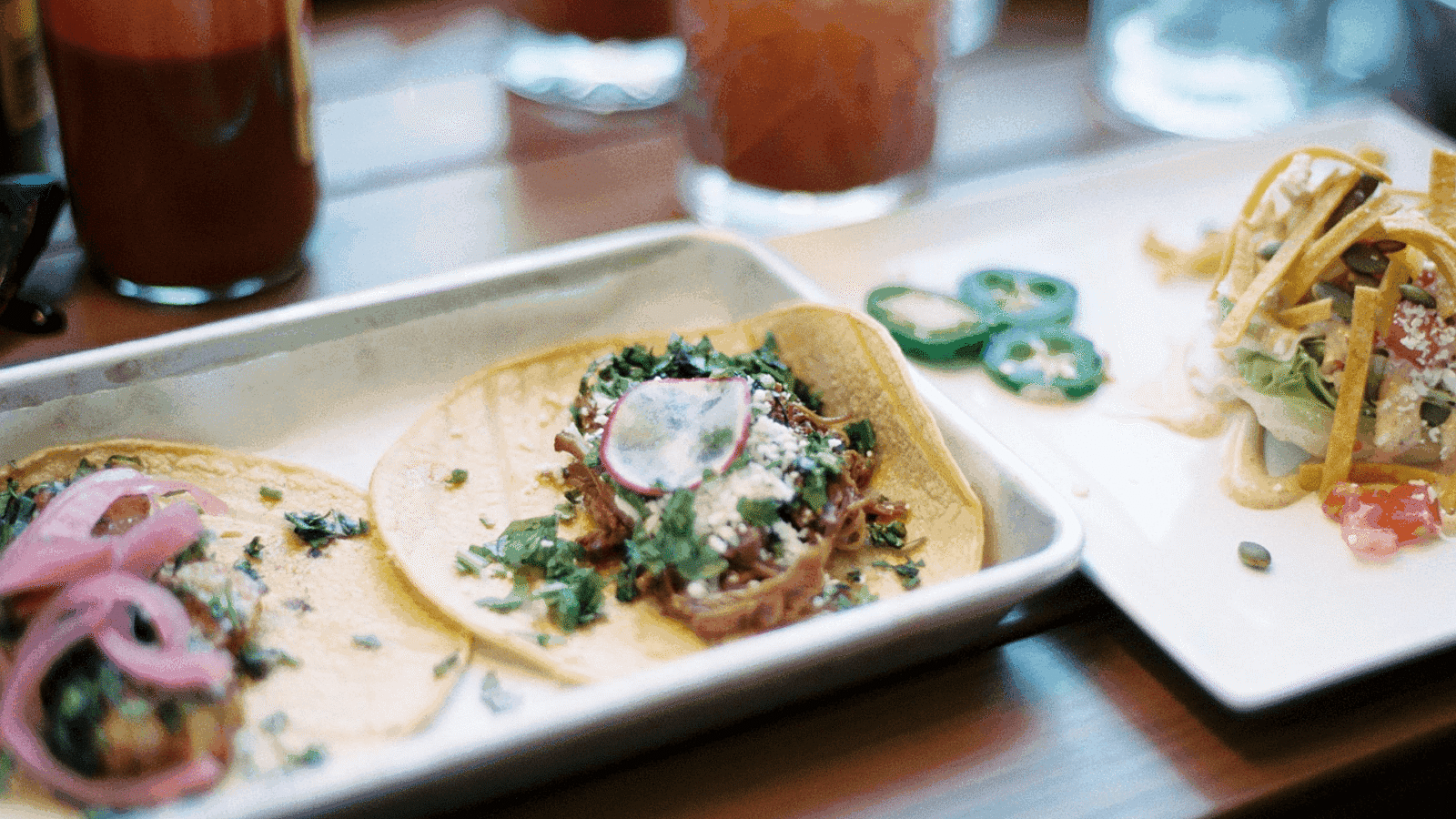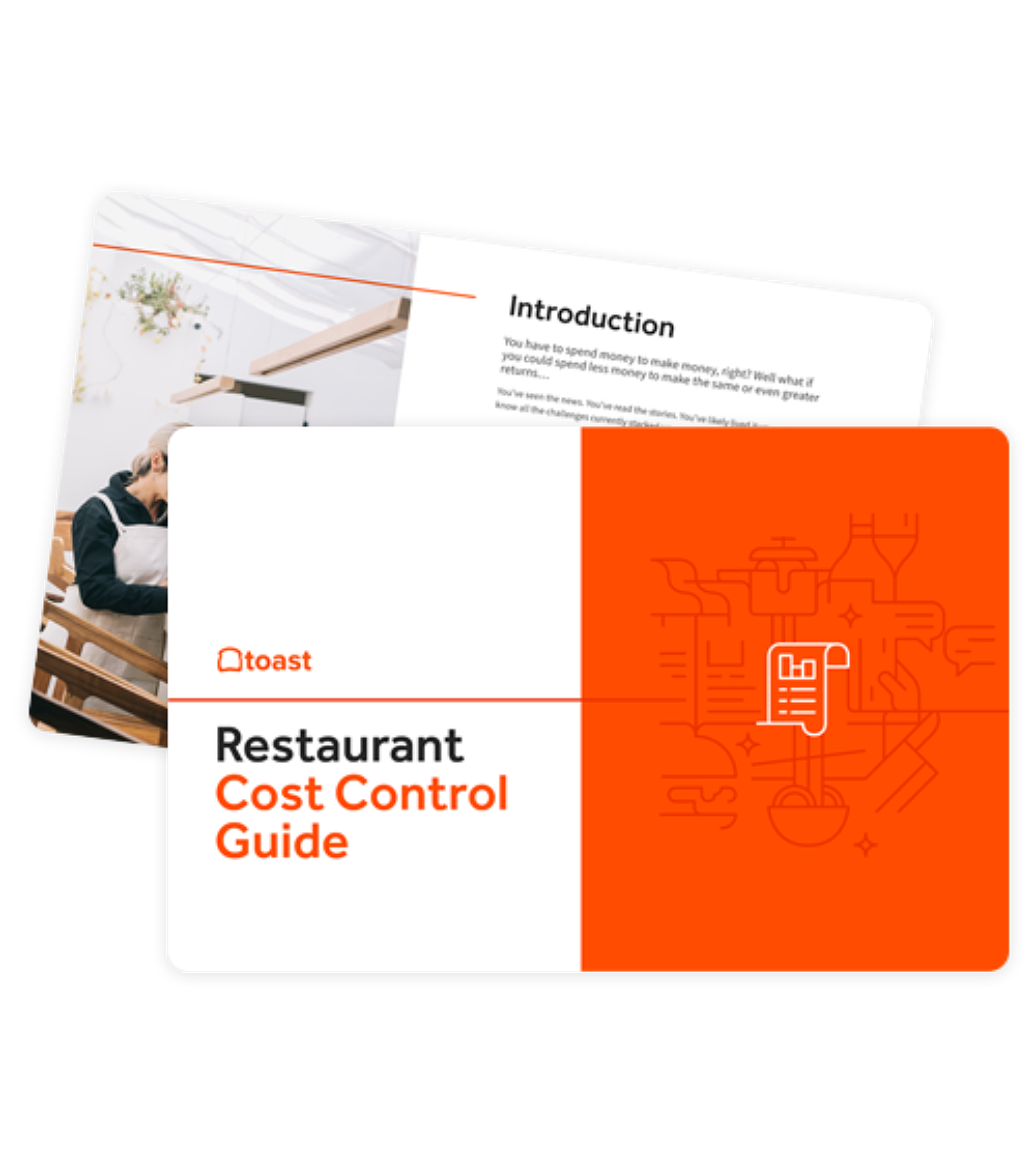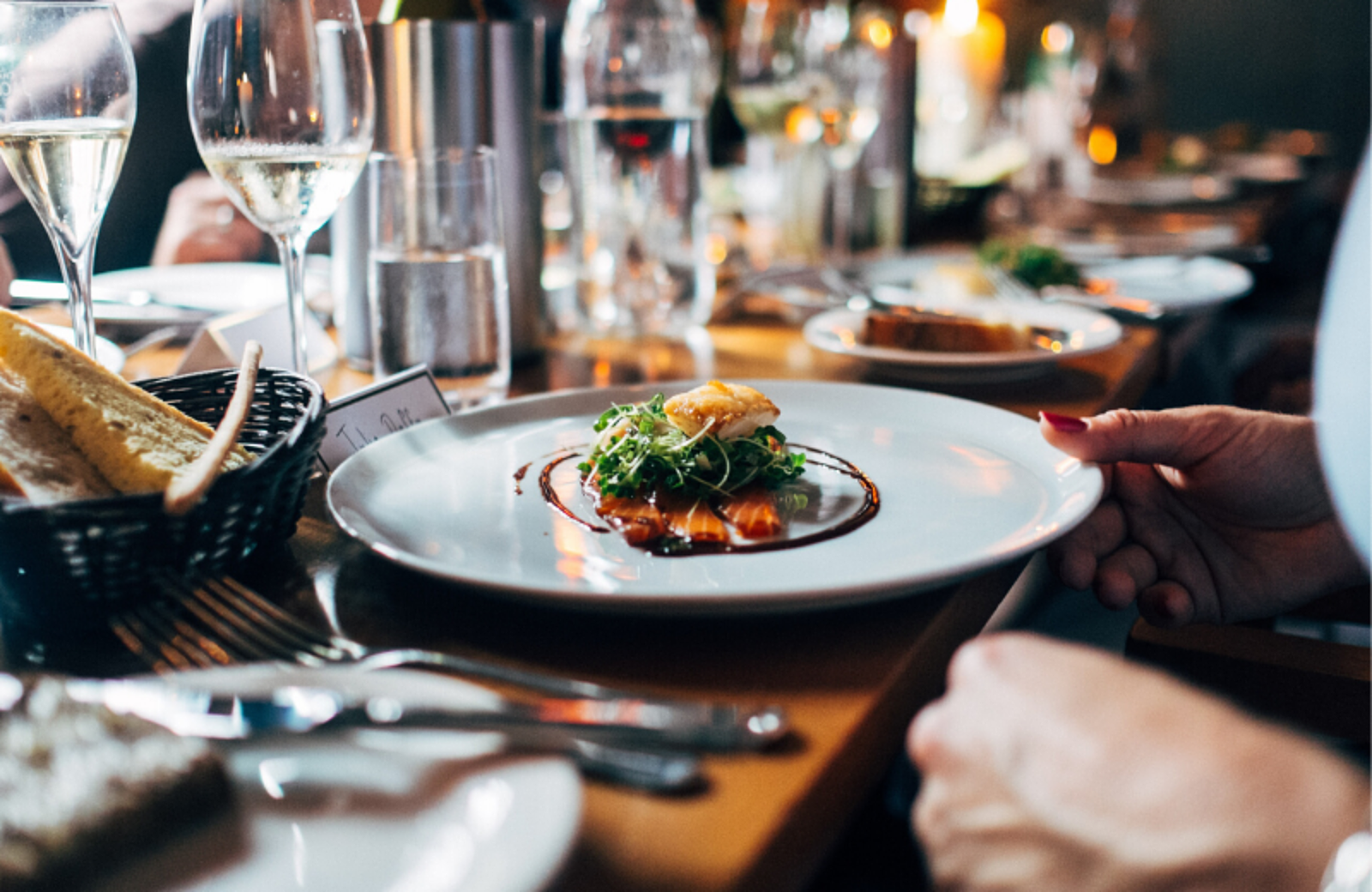
How to Craft Successful Menus that Go Beyond High Profit Margin Foods
Profitable menus require much more than high-margin foods. Learn tips, strategies, and systems for achieving a menu that meets your target margins.

Justin GuinnAuthor


Restaurant Cost Control Guide
Use this guide to learn more about your restaurant costs, how to track them, and steps you can take to help maximize your profitability.
Get free downloadRestaurants have always looked to the highest profit margin foods to offset plate costs and boost profitability across their menus — but those foods are few and far between these days as the cost of goods continue to rise.
Inflation, supply chain disruptions, and ongoing global issues are pouring tons of volatility into food costs. These price fluctuations are making it increasingly difficult to spot those highest profit margin foods.
Tools and processes designed to control costs are increasingly critical for monitoring ingredient prices. However, there’s more to a successful menu than just tossing on the highest profit margin foods.
Read on to learn why your path to sustained profitability requires more than simply adding the highest profit margin foods to your menu. See how to set systems in place that calculate restaurant profit margins, providing tangible costing and menu pricing insights.
Restaurant Profit Margin Calculator
Use this free Restaurant Profit Margin Calculator to see how efficiently you turn sales dollars into profits.

What’s in a high-margin menu?
Crafting successful restaurant menus takes creativity. It’s not as easy as determining which dishes have cheap or high-margin ingredients and loading your menu with them.
You can’t rely solely on popular dishes, because they may be too costly. Then you have your expensive dishes, which probably bring in revenue but require more skill and labor to prepare.
The goal is to strike a balance between popular, profitable items, and high-cost items — between high-labor dishes and quicker sides and appetizers that your kitchen can send out in no time.
This balance requires you to take a holistic look at your menu, breaking down each plate cost and classifying it.
Four categories of menu items
When you take a look at each item on your menu, you can put them into these four categories:
Stars: High Profitability, High Popularity
Puzzles: High Profitability, Low Popularity
Plowhorses: Low Profitability, High Popularity
Dogs: Low Profitability, Low Popularity
Stars are popular and have a high profit margin. Think fancy mac-and-cheese. The ingredients don’t cost much. It’s popular. And if you make it delicious, you can sell it for $15 or $20.
Puzzles are less popular, but they are profitable. Think of vegan cauliflower tacos. These are dishes that you want to work on selling more of by highlighting them visually on your menu, jazzing up their description, souping up their presentation, and urging waiters to sell these tacos.
Plowhorses are less profitable, but they are very popular. They’re the kinds of dishes that diners come back for, but you’ll want to supplement them with higher-margin dishes. One example is fried calamari. While calamari is a relatively expensive input, you don’t want to eliminate it.
Dogs are troublemakers. They’re not popular nor profitable. But that doesn’t mean they necessarily have to go. You could try rebranding them (Broiled Oysters can be Oysters Rockefeller) or offer them as a limited time, one-day-per-week special to make them seem exclusive and avoid the high daily labor cost of making them. If none of that works, it may be time to cut the dog loose.
Dig deeper into how to craft your menu with our free Menu Engineering Course by Toast.
Restaurant Operator Insights Report
See insights from real restaurant operators which can help you benchmark your current and planned restaurant technology stack against your peers as we head into 2024 and beyond.

You can’t master your menu without tracking food costs
Outside pressures are disrupting and driving up food costs. While you can’t control supplier prices (unless you’ve negotiated set rates), you can control how much you spend and what you spend it on.
Tracking your food costs begins with invoice processing automation. Restaurant-specific invoice tools empower you to keep tabs of daily, week-over-week price changes, and more.
With invoice processing automation in place, here are a few key strategies to keep track of food costs and monitor your menu profitability:
Know your plate cost. The only way to know how profitable your menu is is to calculate your plate costs. You could do this manually. Here’s our step-by-step guide to calculating plate cost. Alternatively, you can implement xtraCHEF by Toast to gain cost and margins insights for all your recipes and dishes.
Understand the value of each recipe. Regularly calculating real-time plate costs requires you to dig into the individual costs of each recipe. Recipe costing tools help simplify recipe creation and monitoring processes with simple drag-and-drop builders that pull ingredients from invoice-generated product catalog.
Take inventory each week. Conducting restaurant inventory management is time-consuming but absolutely essential. You don’t use all the food you bought that week, so without doing weekly inventory you are getting a distorted view of your cost of goods sold (COGS) and overall profitability.
Where do you go from here?
The starting point to building a more profitable menu is more closely tracking your costs. That’s the only way to know which of your plates is a “dog” and which is a “star.”
Once you figure that out, you can sit down with your chefs to start balancing and optimizing your menus around profitability and popularity.
Menu Engineering Course
Take this course to make the most of your menu. Learn about menu psychology and design, managing your menu online, and adapting your menu to increase sales.

Is this article helpful?
DISCLAIMER: This information is provided for general informational purposes only, and publication does not constitute an endorsement. Toast does not warrant the accuracy or completeness of any information, text, graphics, links, or other items contained within this content. Toast does not guarantee you will achieve any specific results if you follow any advice herein. It may be advisable for you to consult with a professional such as a lawyer, accountant, or business advisor for advice specific to your situation.
Read More
Subscribe to On the Line
Sign up to get industry intel, advice, tools, and honest takes from real people tackling their restaurants’ greatest challenges.

